What if grief didn’t just haunt your heart—but your entire house? That’s the unsettling reality served cold in Scarecrow (originally titled Espantaho), a Filipino horror film drenched in tragedy, family secrets, and supernatural vengeance. It doesn’t just ask, “What happens after death?”—it wants to know what happens when you ignore the warnings, hang cursed art in your hallway, and go about your prayer rituals like nothing’s wrong. Spoiler alert: It gets bloody, it gets bizarre, and it gets personal.
TL;DR
- A cursed scarecrow painting traps the souls of Monet’s family members during her father’s nine-day wake.
- The curse is deeply personal, linked to a 1950s artist obsessed with Monet’s mother, Rosa.
- Monet’s husband, Jack, is a secret villain who knowingly brought the cursed painting into their home to inherit the family’s property.
- The biggest twist? Monet’s protective mother, Rosa, has been a ghost all along, lingering to protect her daughter.
- The film ends with the scarecrow breaking free from the painting, leaving a new terror on the loose.
Grief with a Side of Horror
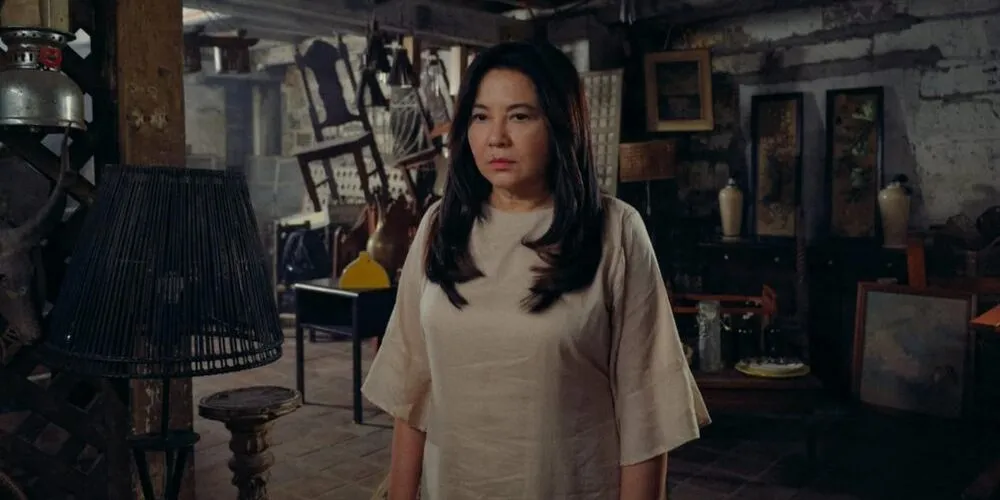
The film kicks off with a gut-punch: Monet (Judy Ann Santos) loses her father, Pabling. During the funeral, she suffers a seizure—one that prevents her from saying goodbye. Her mother, Rosa (Lorna Tolentino), fusses over Monet’s meds and mental state, while Monet organizes the nine days of traditional prayers known as pasiyam. It’s Filipino mourning etiquette meets horror movie setup.
Then enters Jack, Monet’s husband (played by JC Santos), who’s conveniently unavailable for the entire prayer marathon because his ex-wife needs help. Before he leaves, he gifts their household a painting—a seemingly innocent gesture, unless you’re familiar with the genre. This, dear readers, is the beginning of their descent into madness.
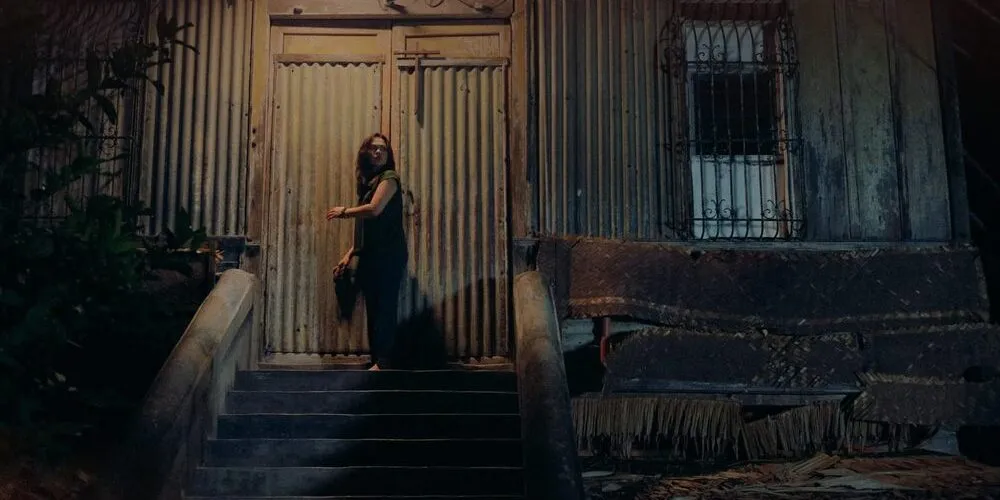
The Painting That Should’ve Stayed in the Past
After Jack departs, Monet and her household stumble upon the painting: a scarecrow looming in a barren field, two people harvesting nearby. Rosa immediately goes into full panic mode, practically yelling, “Burn it!” But Monet dismisses her mom as being melodramatic.
By the end of Day One of the prayers, their helper Henri is attacked by—you guessed it—locusts. In his panic, he sets himself on fire and is absorbed into the painting. Say goodbye to Henri, and say hello to a family portrait of doom.
Just when things couldn’t get more awkward, Pabling’s first wife, Adele (Chanda Romero), barges in with her children, Roy and Andie. They don’t like Rosa or Monet, blaming them for breaking their family apart. Emotions run high, egos clash, and the scarecrow seems to be loving the drama.
A Curse With a Backstory
As prayers continue, people disappear. Adele, surprisingly helpful for someone who arrived ready to brawl, brings Monet to an art expert. The painting was created by Sylvio Madamba, a 1950s artist with a textbook villain origin story: he loved a woman who didn’t love him back. Instead of therapy, he chose murder and cursed art. Nice.
Turns out, Madamba painted corpses. His muse—the woman he obsessed over—was Rosa. Yes, that Rosa. So now the cursed painting has a deeply personal vendetta.
As the family digs into the painting’s history, more truths emerge. Madamba tortured and killed women, channeling his rage into brushstrokes. His final masterpiece? A scarecrow painting designed to trap souls. And guess who was the last person to own it before Jack? A businessman named Guang Xi Fei, Jack’s former boss. Suspicious? Extremely.
A Family Falling Apart
Roy becomes scarecrow snack #2 after a leech-infested attack. The painting grows more crowded with each passing day, now displaying Henri, Roy, and eventually Andie. Adele panics, suspects Monet, and tensions rise faster than a microwave burrito.
Rosa attempts to rip the scarecrow out of the canvas—an emotional yet fruitless effort. The painting regenerates. Classic horror logic.
Then comes Day Five. Monet calls in a spiritual expert who confirms: the painting is cursed, the victims are trapped inside it, and they’re next on the menu. Rosa finally admits there’s more to her past than she let on, especially regarding Madamba.
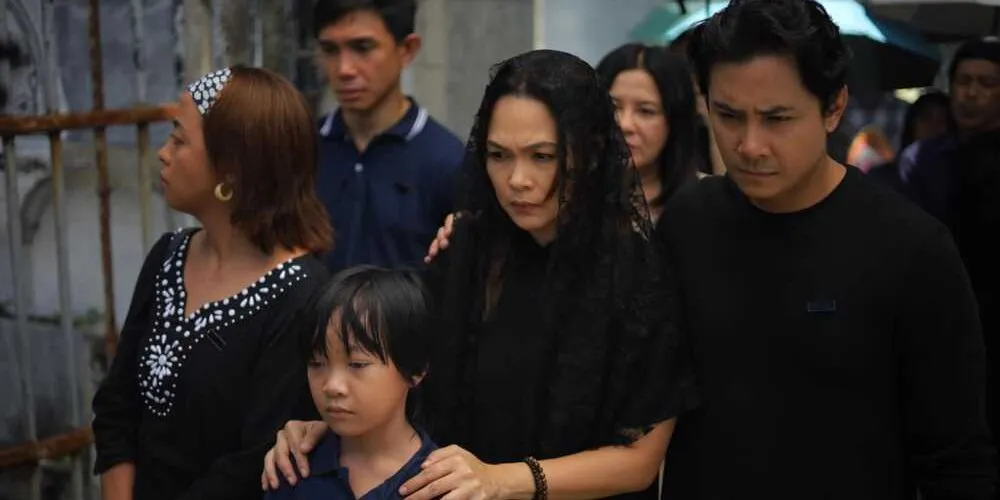
Jack’s Plot Twist: From Absentee Husband to Villain
Meanwhile, Jack’s been suspiciously MIA. He doesn’t call, doesn’t text, and doesn’t ask about his kid, Keith. But here’s the kicker: Monet finds out he bought the painting from Guang and brought it home knowing its origins. His goal? Inherit Pabling’s house.
Subtle, Jack. Real subtle.
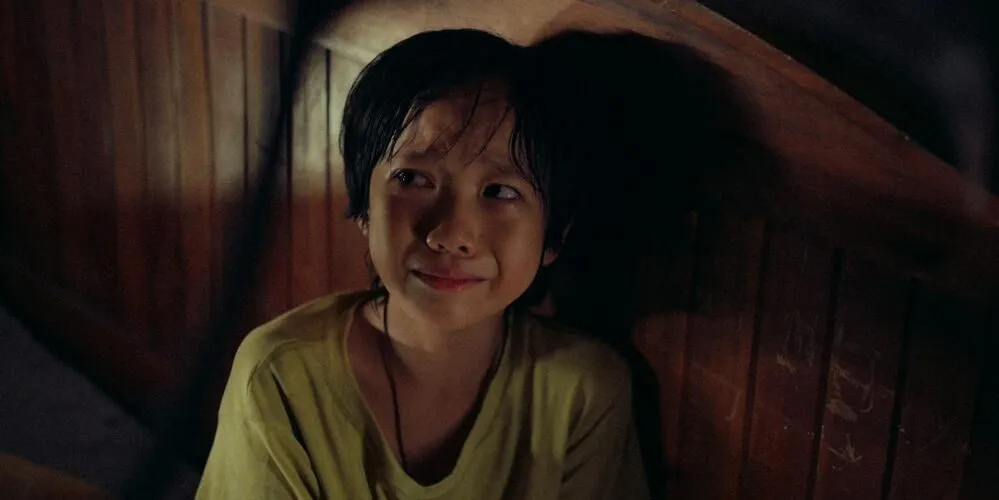
Keith, their son, is nearly snatched by the scarecrow—until a locket Jack gave him protects him. It contains red soil, which turns out to be a powerful deterrent against the painting’s curse. That’s right: the villain accidentally provided the key to salvation.
When Jack finally returns on Day Nine, Adele ambushes him. He wakes up tied to a chair and gets the ultimate betrayal reveal. Monet realizes Jack never loved her. She leaves him for the scarecrow, who eagerly drags him into the canvas. That’s karma with a capital K.
Rosa’s Real Fate: A Ghost’s Love
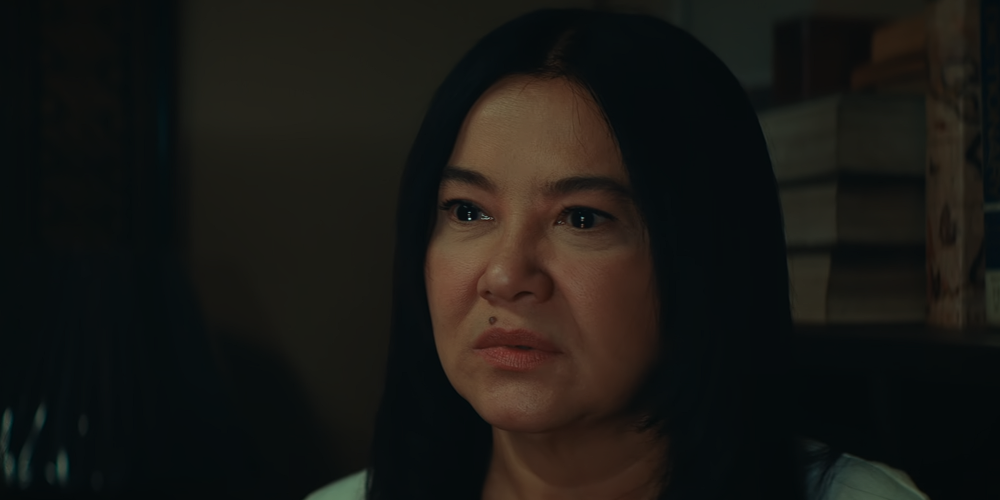
Let’s talk about Rosa, the unsung MVP. She’s protective, fierce, and always seems to know more than she lets on. Then we get the bombshell: Rosa died when Monet was a child.
Yes. She’s been a ghost the entire time.
Madamba accidentally killed her in a car accident, and Rosa—unwilling to leave her daughter alone—lingered in spirit form. The seizures? A result of her presence, a supernatural connection between mother and daughter. Even death couldn’t separate them.
In the end, once the painting’s curse is broken, Rosa crosses over. Her mission is complete. Monet, despite everything, finds closure.
The Final Twist: The Scarecrow Isn’t Done
Just when you think the nightmare is over, the mid-credits roll in. A garbage man casually dumps the infamous painting—minus the scarecrow. It’s not gone. It’s free.
That’s right. The scarecrow is no longer stuck in the field. It’s out there, probably sipping cold brew in some city alleyway, ready to wreck lives all over again.
Keith: The Boy Who Lived (Thanks to Dad’s Guilt)
Keith survives because of the red soil locket Jack gave him. Irony at its finest. Even if Jack was a two-faced jerk, somewhere deep inside, a smidgen of parental instinct remained.
After the scarecrow’s attempt to abduct Keith fails, Rosa and the others replicate the locket using the same soil. Finally, they’re able to create a supernatural shield for themselves. It’s a small act of redemption, wrapped in a blood-stained bow.
Final Verdict: Should You Watch Scarecrow?
Scarecrow delivers a chilling blend of folklore, familial grief, and psychological horror. The layers run deep: from toxic family dynamics to buried guilt and tragic love stories. It’s not just about the jump scares—it’s about the emotional toll of trauma and betrayal.
The visuals are haunting, the acting top-tier, and the pace well-calibrated. Some moments feel a tad soap-opera-ish, but that’s also part of its charm.
Final Rating: ⭐⭐⭐⭐⭐ (5/5 Stars)
- Unpredictable plot? Check.
- Well-earned scares? Absolutely.
- Hidden trauma and art history wrapped in horror? Surprisingly yes.
In short, Scarecrow doesn’t just haunt your screen—it haunts your conscience.
If you see a weird painting in your home and your mom starts screaming to burn it? Listen to her.
You’ve been warned.







